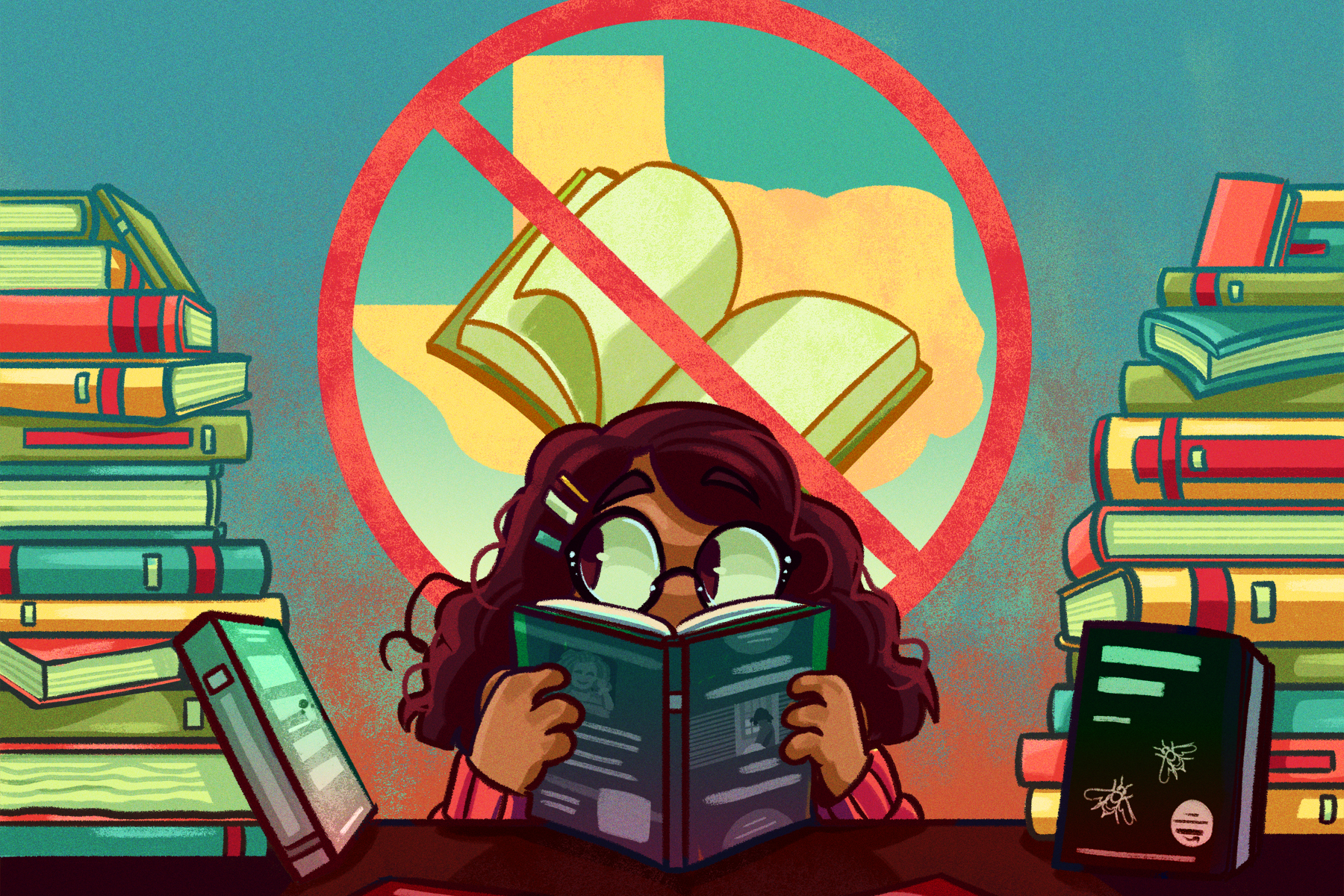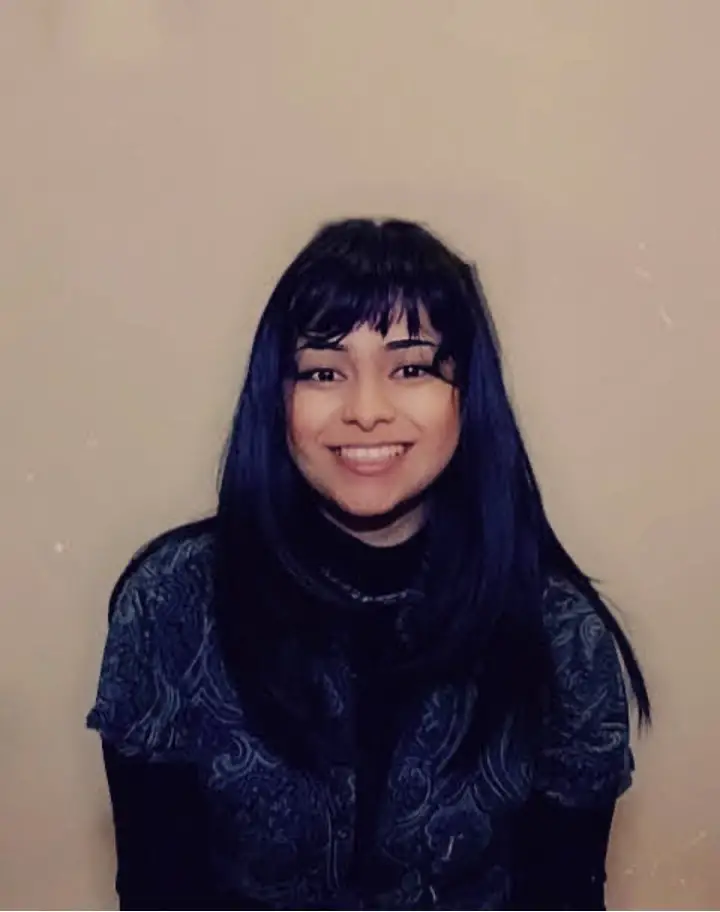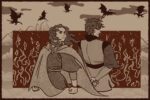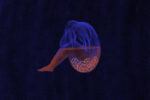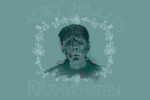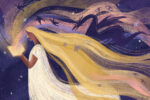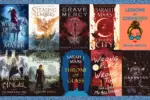In October 2021, a list of about 850 books curated by Texas state representative Matt Krause was released to the public. The list contained books he wanted to ban not only from Texas high school curriculums but from public libraries as well. These books addressed topics such as racism, sexuality, gender identity, domestic abuse or contained mentions of sexual acts or violence.
Within the same time span, Texas governor Greg Abbott, along with parents from various Texas school districts, called for the removal of 50 books. The following five books are either top sellers or the most influential out of the 50. (Spoiler warning for each book ahead.)
1. “The Bluest Eye” by Toni Morrison
Toni Morrison’s “The Bluest Eye” follows the story of Pecola Breedlove, an 11-year-old African American girl living in post-Great Depression Ohio. Themes of violence, mental illness and racism, both external and internalized, are explored through Pecola’s character. These issues ultimately culminate in her creation of an imaginary version of herself with the blue eyes that she’s always wanted and talking to that self as a way to cope with her pregnancy and desire to be white.
Pecola’s struggle with her racial identity, manifesting in her desire for blue eyes, blonde hair and white skin, is one that students of color might relate to, especially considering that over 50% of U.S. students are minorities. Many of Pecola’s struggles are rooted in reality; they encompass the three main conflicts faced by POC both in the past and today: socioeconomic status, how that status contributes to how they are perceived by others and the consequences of Eurocentric beauty standards. “The Bluest Eye” is a warning about unchecked internalized racism and the generational trauma that appears in its wake. If nothing else, the novel provides readers with a relatable character in Pecola while also urging readers to not erase their identity for the purpose of coping and assimilation.
2. “The Perks of Being a Wallflower” by Stephen Chbosky
Stephen Chbosky, in “The Perks of Being a Wallflower,” perfectly encapsulates the teenage high school experience in a simple-to-read 224-page coming-of-age novel. The book covers it all — sexuality, abortion, mental illness, drug and alcohol use, and the process of coming to terms with intimate violence. It’s not entirely difficult to understand the reason behind the calls to add the story to the banned books list, but in doing so, the state diminishes and completely ignores the message of “The Perks of Being a Wallflower.”
The main character and narrator, Charlie, is a high school freshman who is entering a transitional period in his life in the early 1990s. His friendships with Sam and Patrick, both high school seniors, his romantic relationship with Mary Elizabeth, and the repressed memories he has of his aunt, Aunt Helen, paved the way for his path to personal growth and maturity. “The Perks of Being a Wallflower” might not be the best influence, but it can also push readers in the right direction if they can relate to Charlie.
3. “Lawn Boy” by Jonathan Evison
Out of the five banned books on the list, Jonathan Evison’s “Lawn Boy,” especially when considering the student population of Texas schools, is one of the most necessary to keep in the curriculum. “Lawn Boy” covers the journey of self-realization and acceptance of one Mike Muñoz, a 22-year-old Mexican laborer. Throughout his life, Muñoz grapples with his sexuality and faces financial strife, housing insecurity and racism. As of July 2021, 39.7% of the Texas population was made up of Hispanics/Latinos and in the 2020-2021 school year, 52.9% of the Texas public school student body was Hispanic. “Lawn Boy” carries a message of hope — the hope that no matter your race, ethnicity or socioeconomic status, anyone can live the life they have always wanted, and for a state with a public-school population that is largely Hispanic/Latino, this message is all the more important.
4. “City of Thieves” by David Benioff
As it’s a novel about a young Jewish-Russian soldier named Lev who has been arrested by the Russian police and forced to find a dozen eggs for Colonel Grechko’s daughter’s wedding (or die trying), “City of Thieves” isn’t the most relatable story. But the lessons that can be found between the World War II conflicts, death and weddings are what matter. Like a majority of the 50 novels on the Texas banned books list, “City of Thieves” is a coming-of-age tale that deals with the same loss of innocence and subsequent emergence of maturity, just with a significantly more violent chain of events. Benioff certainly meant for “City of Thieves” to be more than the explicit imagery that it contains, but according to the parents of Texas students, that particular aspect matters more than what the novel could teach their children.
5. “Milk and Honey” by Rupi Kaur
Kaur’s “Milk and Honey” is, by far, the most popular book on the banned books list with over 2.5 million copies sold after its 2014 release. However, calls for its removal stem from the author’s inclusion of suggestive artwork and poems that discuss sexuality and domestic abuse. “Milk and Honey” is broken up into four parts: the hurting, the loving, the breaking and the healing, in that order. The brevity and simplicity of each poem is what makes the collection accessible, even for students who would otherwise be intimidated by the complicated pre-modern (and relatively un-relatable) poetry taught as a part of the Texas curriculum.
The passing of the revised “critical race theory” bill, SB3, in Texas has helped to empower the same individuals who wish to ban any books that contain potentially uncomfortable topics. A new age of historical repression has begun, signaled by the tell-tale symptom that so often serves as its precursor: the silencing of the media.


